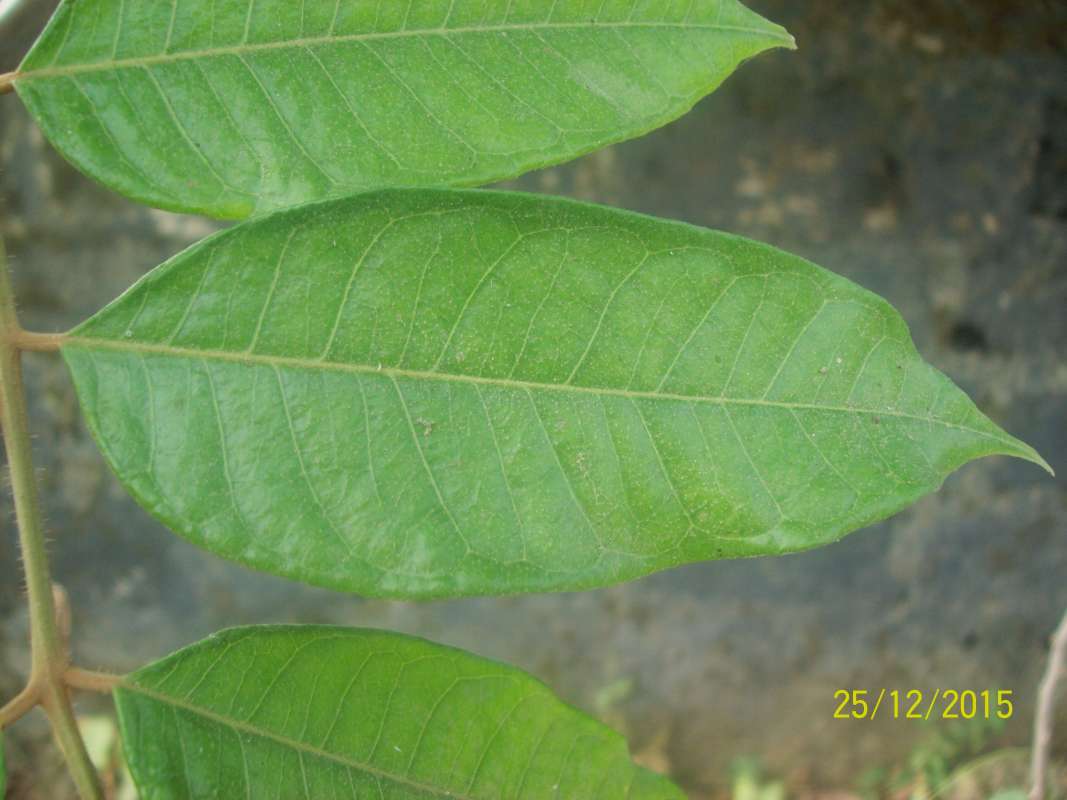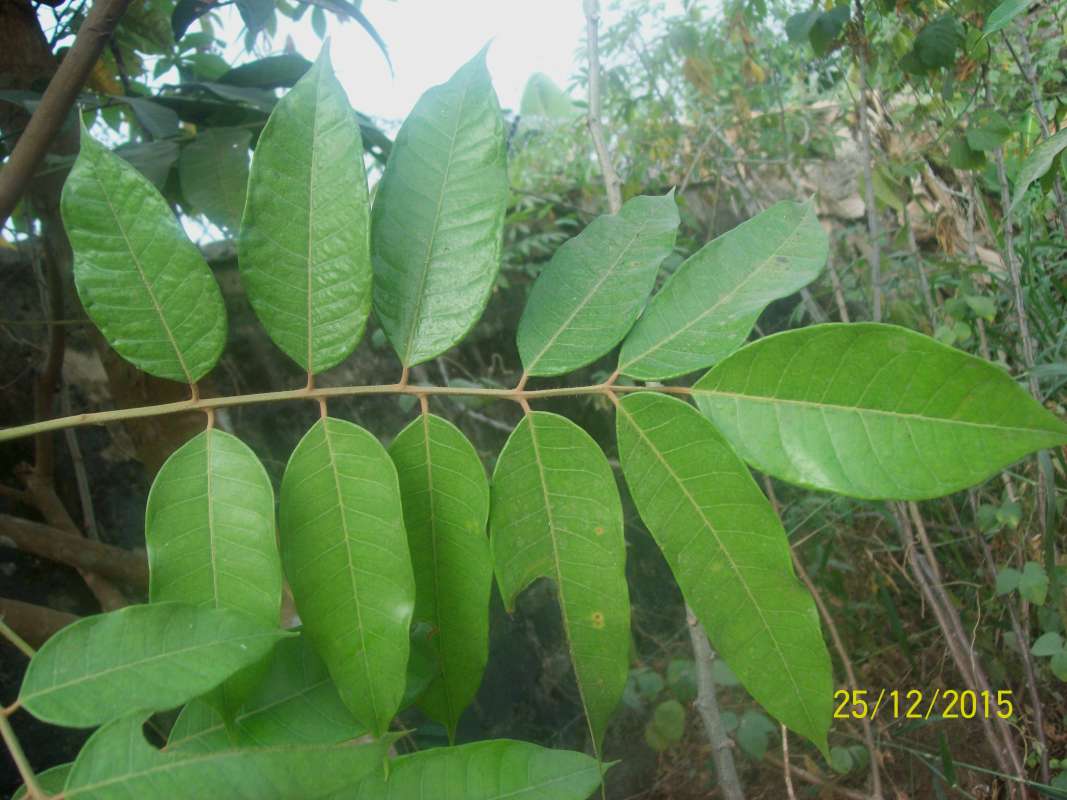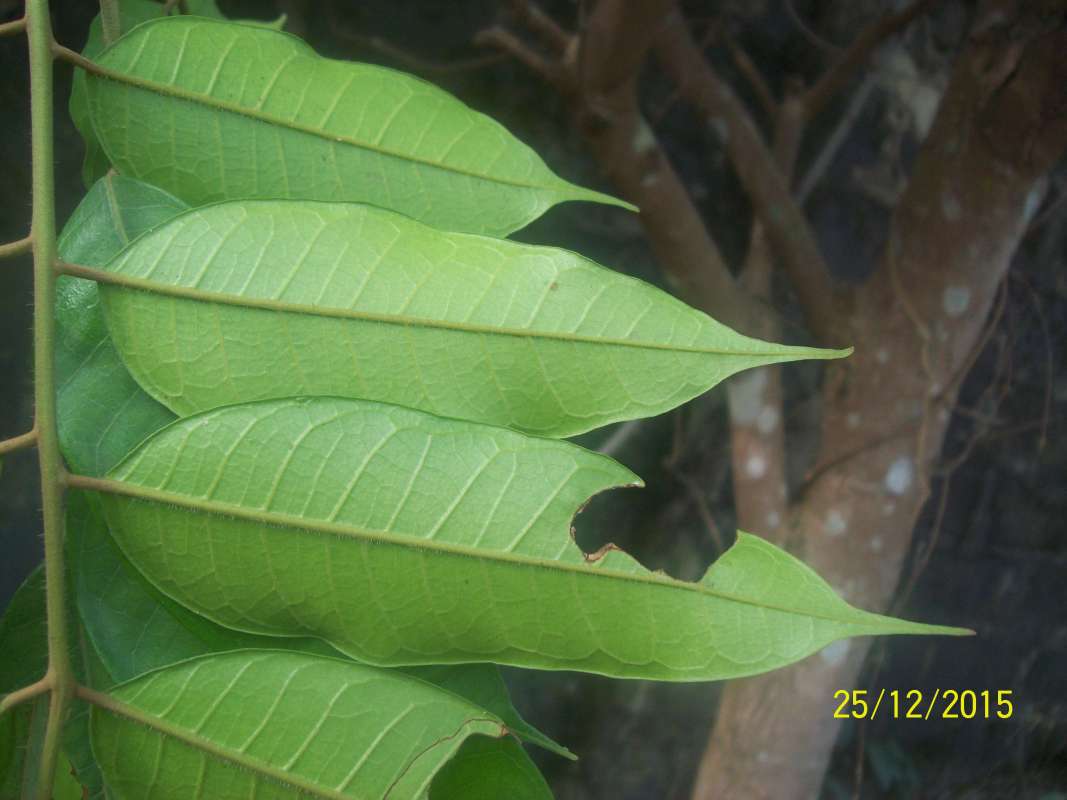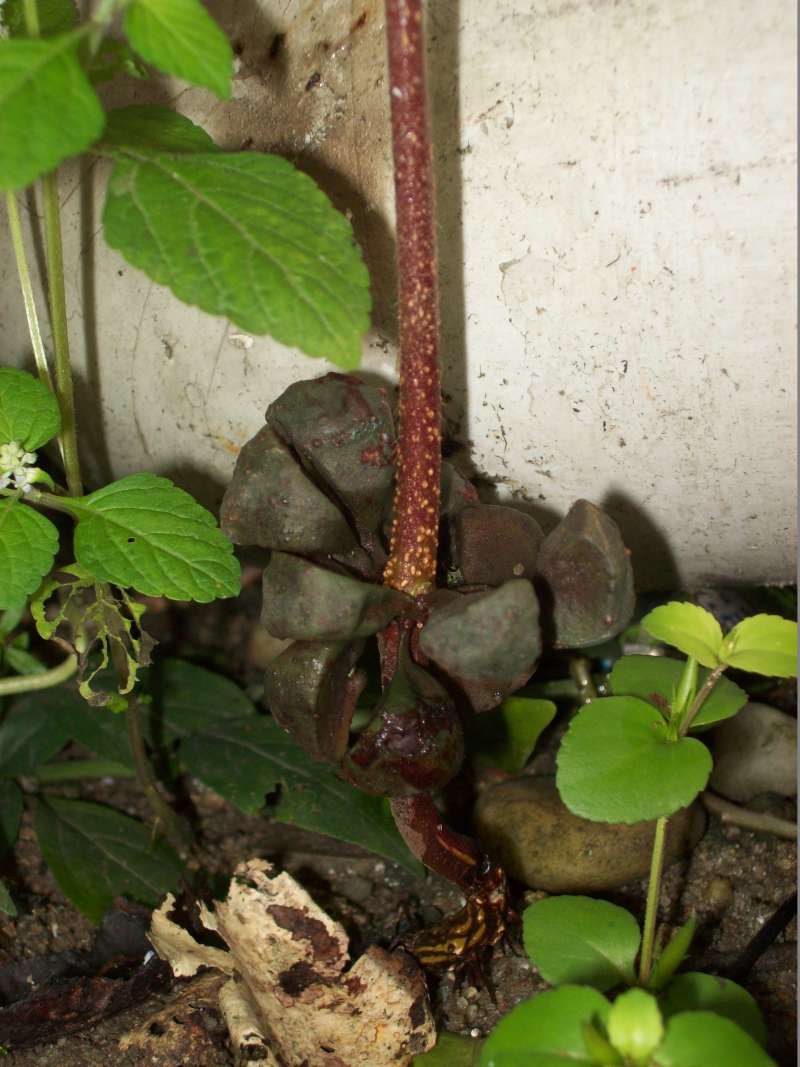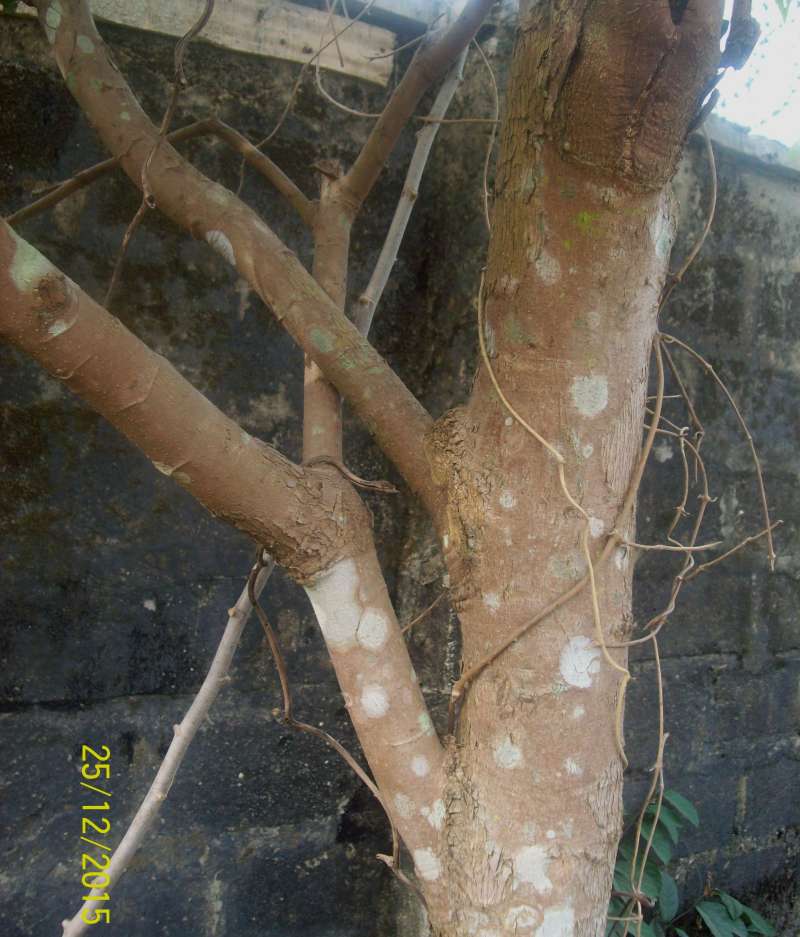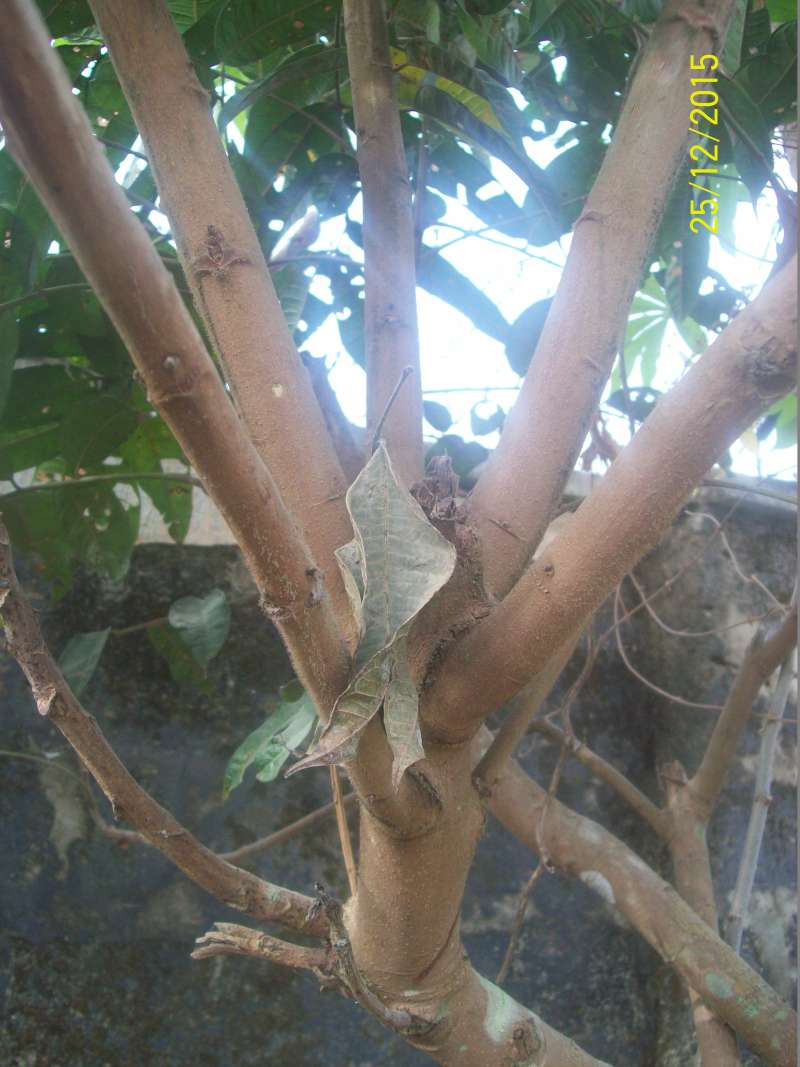SPECIES INFO
African pear (Dacryodes edulis) is native to Africa. This is found from Sierra Leone south to Angola and east to Uganda. This is normally found in humid tropical forests. This evergreen tree can grow to about 120 feet in height, but in plantations this is normally much smaller. The compound leaves have 5 to 8 pairs of leaflets. The flowers are yellow.
This tree is grown for its edible fruit which can be eaten either cooked or raw. This is also grown on plantations in Malaysia. Food experts point out the high vitamin and protein value of the fruit, and that this lifeform could help feed the planet.Bursera Family (Burseraceae) is a family of trees and shrubs found primarily in eastern Africa and South America. This family is found from southern California south through Central America to most of tropical South America. This is found from south of the Sahara in Africa to almost the tip of southern Africa. This family is found in India, southern China, and south through Malaysia to Indonesia and northern Australia.
There are about 500 species in the family. There are five species in three genera growing in greater North America. Frankincense and myrrh are obtained from members of this family.
Geranium Order (Geraniales) is a large order composed of many different families. Included here are the Geranium, Oxalis, and Citrus groups.
Dicots (Dicotyledoneae Class) are the predominant group of vascular plants on earth. With the exception of the grasses (Monocots) and the Conifers (Gymnosperms), most of the larger plants that one encounters are Dicots. Dicots are characterized by having a seed with two outer shell coverings.
Some of the more primitive Dicots are the typical hardwood trees (oaks, birches, hickories, etc). The more advanced Dicots include many of the Composite (Aster) Family flowers like the Dandelion, Aster, Thistles, and Sunflowers. Although many Monocots reach a very high degree of specialization, most botanists feel that the Dicots represent the most advanced group of plants.
Seed plants (Phylum Embryophyta) are generally grouped into one large phylum containing three major classes: the Gymnosperms, the Monocots, and the Dicots. (Some scientists separate the Gymnosperms into a separate phylum and refer to the remaining plants as flowering plants or Angiospermae.)
For North American counts of the number of species in each genus and family, the primary reference has been John T. Kartesz, author of A Synonymized Checklist of the Vascular Flora of the United States, Canada, and Greenland (1994). The geographical scope of his lists include, as part of greater North America, Hawaii, Alaska, Greenland, Puerto Rico, and the Virgin Islands.
Kartesz lists 21,757 species of vascular plants comprising the ferns, gymnosperms and flowering plants as being found in greater North America (including Alaska, Hawaii, Greenland, Puerto Rico and the Virgin Islands.
There are estimates within the scientific world that about half of the listed North American seed plants were originally native with the balance being comprised of Eurasian and tropical plants that have become established.
Plant kingdom contains a large variety of different organisms including mosses, ferns, and seed plants. Most plants manufacture their energy from sunlight and water. Identification of many species is difficult in that most individual plants have characteristics that have variables based on soil moisture, soil chemistry, and sunlight.
Because of the difficulty in learning and identifying different plant groups, specialists have emerged that study only a limited group of plants. These specialists revise the taxonomy and give us detailed descriptions and ranges of the various species. Their results are published in technical journals and written with highly specialized words that apply to a specific group.
On the other hand, there are the nature publishers. These people and companies undertake the challenging task of trying to provide easy to use pictures and descriptions to identify those species.
